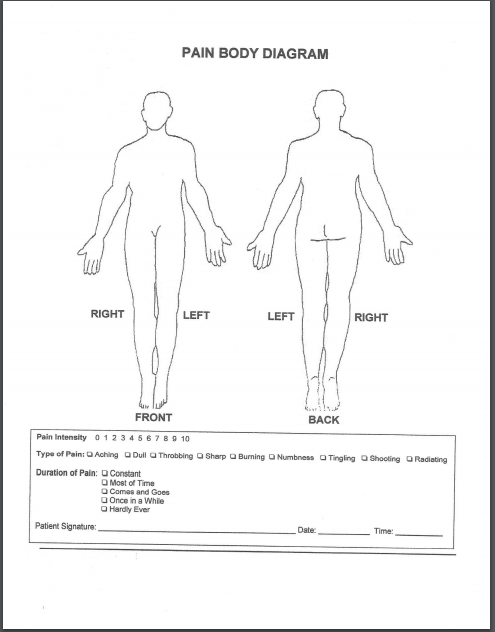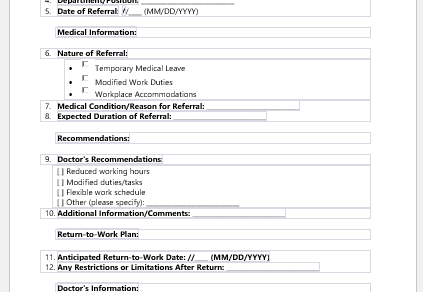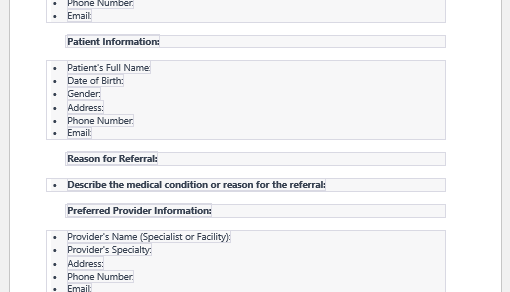Pain is a normal physiological phenomenon in human life. It is a distressing and disturbing feeling that makes us uncomfortable and forces us to do remedies to relieve it. Pain is a part of the sensation of touch where touch becomes uncomfortable and hurtful.
Pain is considered a useful phenomenon because it drives us to make arrangements against it and we achieve painless situations back just like before. It also prevents us from suffering actual damage to ourselves. For example, a patient won’t want to touch a hot pot knowing it will be painful.
Pain is received by the receptors present in the skin and carried out by the nerves to the brain. Our central nervous system perceives it as pain and transfers this pain to the receptors and we feel pain. Pain is typically perceived through the spinothalamic tract.
Spinothalamic tract
It is also called an anterolateral tract of the spinal cord. It is a sensory pathway of the spinal cord which is responsible for crude touch sensation and temperature. The most important function of the spinothalamic tract is the pain sensation. There are two parts of the spinothalamic tract, anterior and lateral.
The lateral part of the tract is the one responsible for the sensation of pain and temperature. This pathway is associated with the affective sensation which means, there is always a reaction as a result of the sensation. The spinothalamic tract goes through the nuclei or thalamus and then it is taking responsibility for pain and temperature perception.
Nociceptors
Nociceptors are the receptor present in the skin responsible for pain sensation. Nociceptors are basically sensory neurons and are known as the main part of the pain sensation pathway. They are also participants in the reflex arc for pain or other reflex stimuli.
Nociceptors are ideally present everywhere at the place of possible pain sensation. They are spread throughout the skin. Other tissues of the body where nociceptors are present are the cornea, muscles, joints, mucosa, and bladder. Extremely cold temperatures can also be perceived as pain by these receptors.
Types of pain
Pain is of many types. We can divide pain into a very simple form acute and chronic pain. Acute pain causes a sudden response to painful stimuli and there is almost always a reflex response to acute pain. Neuropathic pain is perceived as a result of some pathology in the nervous system. It can be a central pain or peripheral pain depending upon pathology in the peripheral or central nervous system respectively. Allodynia is the painful sensation to normally painless stimuli. Then there is a psychogenic pain. Patients with chronic stress usually suffer pain in their bodies, muscles, and joints.
Body pain indicator
The body pain indicator is a chart helpful in the localization of pain. It also helps in distinguishing the type of pain. It is because pain can be excruciating as well as a dull sensation. Both types of pain always have different underlying causes and treatment is always affected by the diagnosis.
A pain indicator chart is helpful for the doctor to assess and for the patient to communicate the exact type and site of pain.


